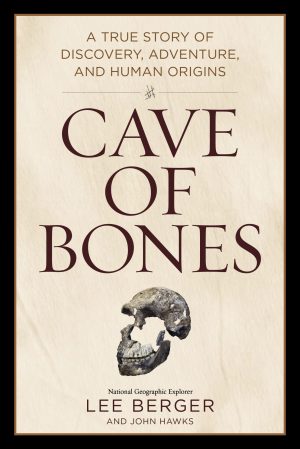Rising Star
Revealing the mysteries of our human story
The Rising Star Cave System
No time has been as ripe with promise for paleoanthropology as today. From our earliest ancestors to the not-so-distant cousins who lived alongside us, new discoveries tell us more than ever about our past.
With support from Lyda Hill Philanthropies and the National Geographic Society, Explorer in Residence Lee Berger and his team have yielded incredible discoveries—with many more to come.
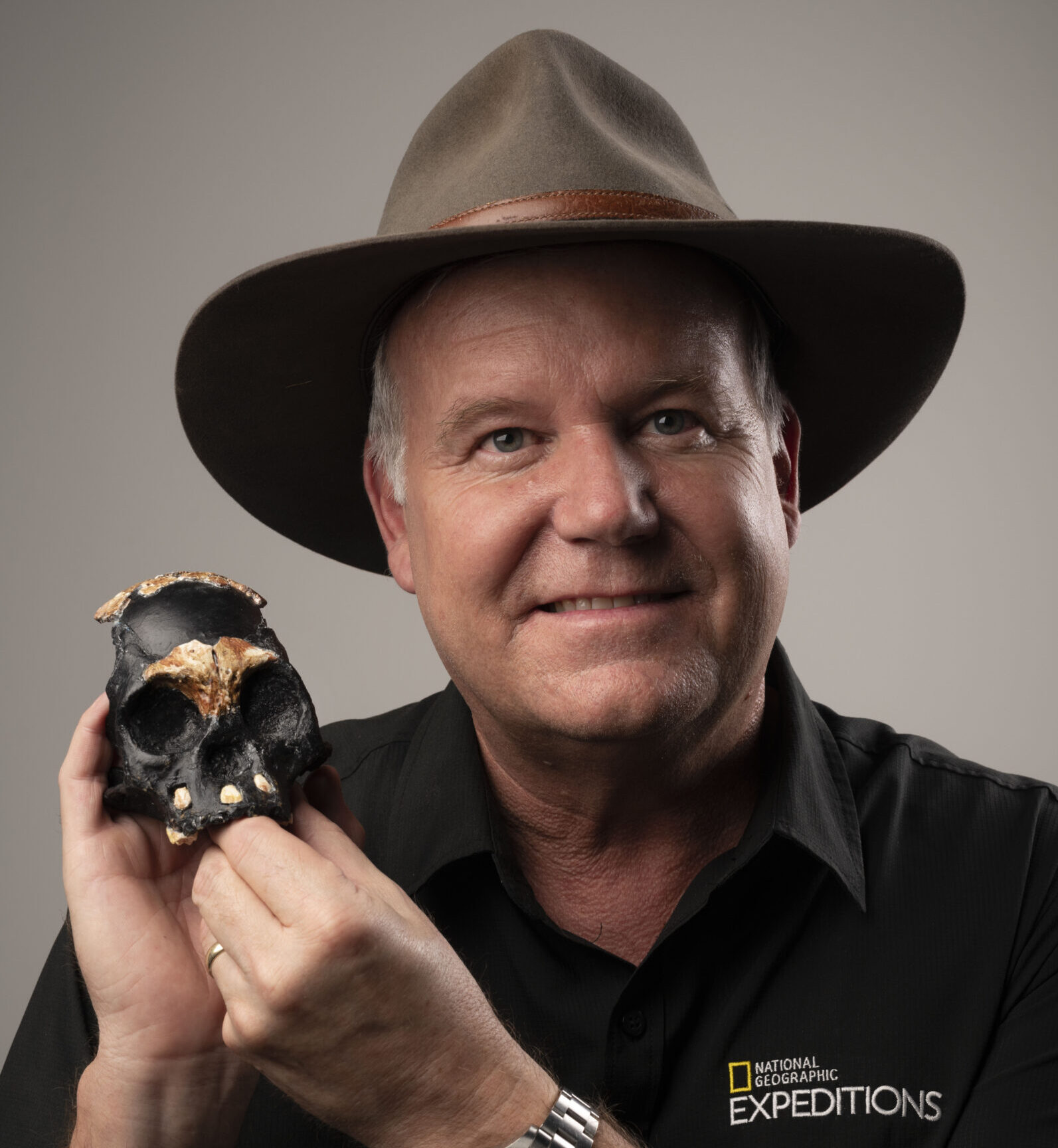
National Geographic Explorer in Residence
Where we explore
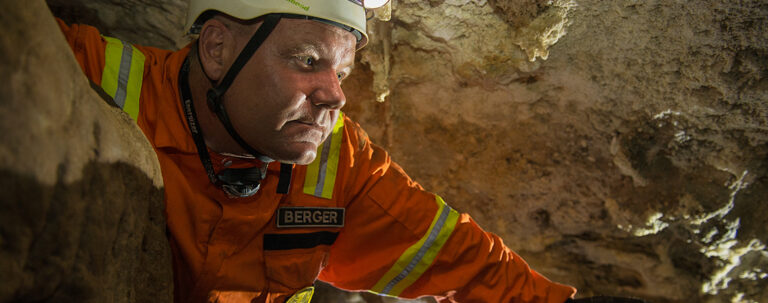
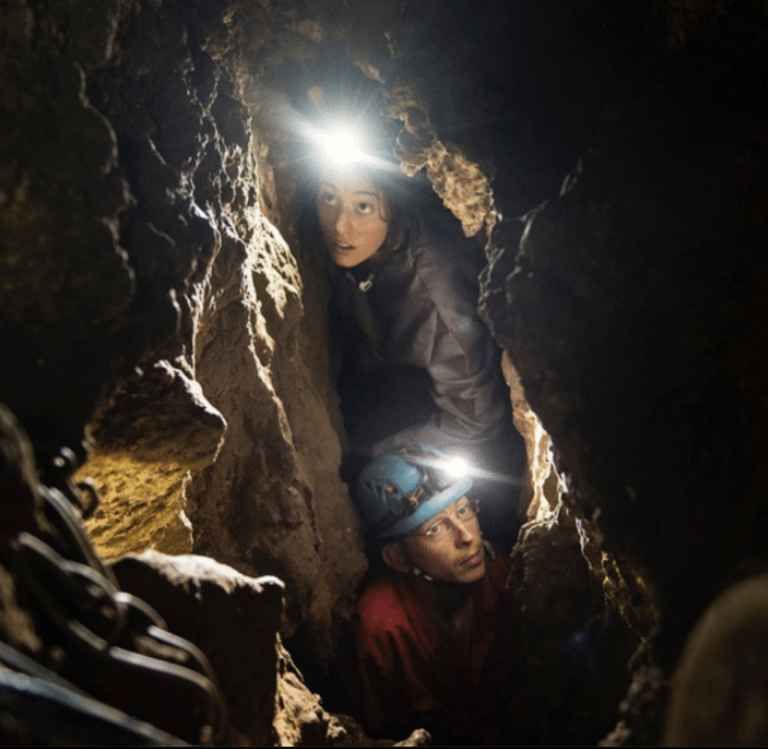
The Cradle of Humankind World Heritage Site, located in South Africa, has been vital to the study of human origins. In recent decades, Berger and his team have located and documented more hominin fossils than any other exploration program in the region.
Berger led the findings of two extinct hominin species: Australopithecus sediba in 2008 at the Malapa site and the Homo naledi in 2013 in the Rising Star cave system. The Rising Star cave system is so difficult to access that only 48 humans have been documented to have entered the Dinaledi chamber (Chamber of Stars) where the fossils of H. naledi were found, almost a hundred yards from the cave entrance.
Berger and his team are continuing their research in the Rising Star cave system to learn more about this extinct hominin species. By exploring our past, they hope to shed light on our future.
Tour of the Cave
Recent findings
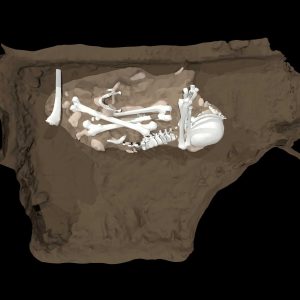
Burials
Berger and his team identified depressions deep in the chambers of the Rising Star cave system in which Homo naledi bodies—including adults, and those of several children younger than 13 years of age—were deposited in fetal positions, suggestive of intentional burial of the dead.
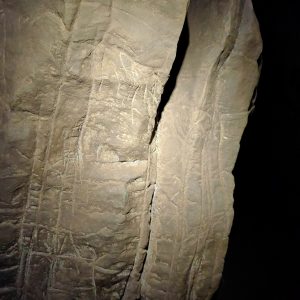
Symbology
In continued exploration of the Rising Star cave system, Berger and his team recently documented what appear to be symbols carved into the walls of the cave: hashtags, equal signs, crosses, A’s, and X’s.
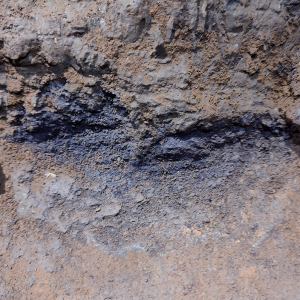
Fire
Berger and his team found evidence of hearths and soot on the ceiling of the cave suggesting Homo naledi might have used fire for light and cooking. While they had documented finding charcoal in the cave in an earlier publication, they only just realized the extent of the use of fire by this ancient human relative.
New revelations about our prehistoric past
On August 8, 2023, National Geographic Books will release Berger’s book, “Cave of Bones: A True Story of Discovery, Adventure, and Human Origins.” The book dives into the true-life scientific adventure, taking readers deep into South African caves as Berger and team uncover H. naledi fossil remains that compel a reframing of the human family tree.
Meet the Explorers
Lee Berger
Lee Berger is an award-winning researcher and paleoanthropologist. His explorations into human origins in Africa over the past 25 years have resulted in the discovery of more individual fossil hominin remains than any other exploration program in the history of the search for human origins in Africa.


Dr. Keneiloe Molopyane
Dr. Keneiloe Molopyane is an archaeologist and biological anthropologist, who currently works as a scientific researcher at the Centre for Exploration of the Deep Human Journey at the University of the Witwatersrand in South Africa.
Agustín Fuentes
Agustín Fuentes is a professor of anthropology at Princeton University who focuses on the biosocial, delving into the entanglement of biological systems with the social and cultural lives of humans, our ancestors, and a few of the other animals with whom humanity shares close relations.

Join us to help illuminate and protect the wonder of our world
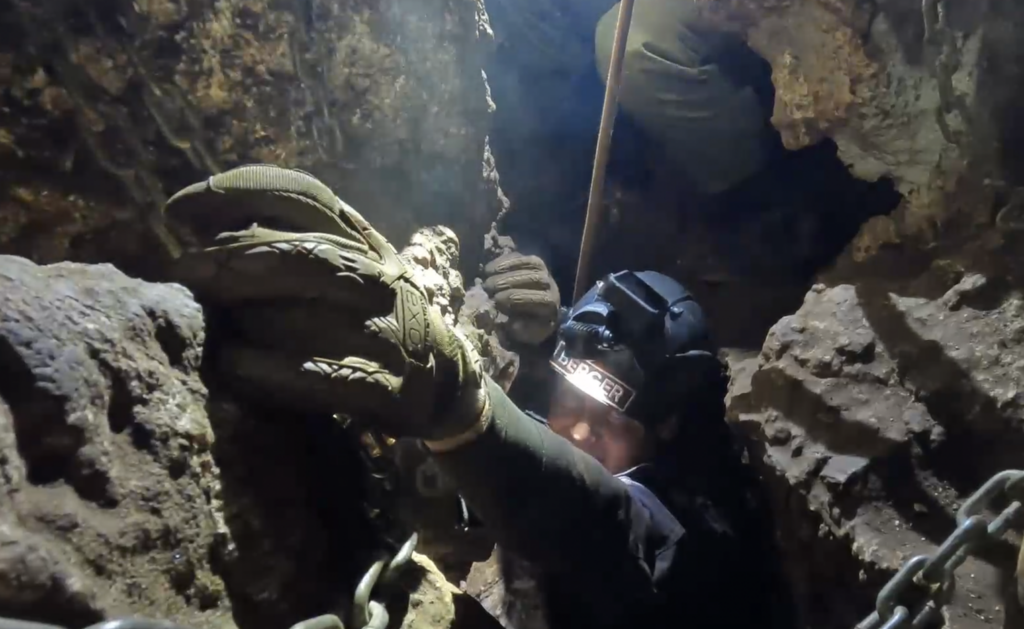
Our Human Histories and Cultures Explorers dedicate their lives to documenting, investigating, studying, and preserving our planet’s past and uncovering the very roots of humanity. Revealing stories from the past brings context to the modern-day. We invite you to join us on this incredible journey as we explore our past to better understand our future.
Together, we can uncover our origins as never before.
Photo credits (from top of page): Lee Berger, Robert Clark (2), Lee Berger (3), Mark Thiessen, Keneiloe Molopyane, Agustín Fuentes, Lee Berger
